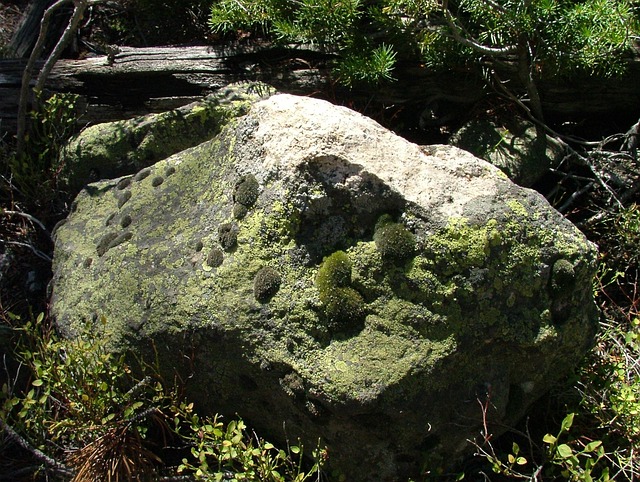In San Antonio homes, mold and mildew thrive due to high humidity, water leaks, or inadequate ventilation, posing health risks like allergies and cognitive impairment. To address a mildew smell, locate and fix moisture sources, clean and disinfect affected areas, remove contaminated porous materials, use air purifiers, and conduct regular air quality tests. Prevent future outbreaks through regular cleaning, maintenance, proper ventilation, prompt leak fixes, dehumidifier use, and routine visual inspections.
In San Antonio, a musty mildew smell lingering in your home could indicate an invisible threat—mold growth. Understanding the root causes of indoor air pollution is crucial for addressing this common issue. This article guides you through the process of mold remediation and indoor air restoration, from identifying and understanding the problem to effective steps for elimination and preventive tips for a healthier, mold-free living environment. Learn how to tackle the mildew smell in your San Antonio house once and for all.
- Understanding Mold and Mildew: The Root Causes of Indoor Air Pollution in San Antonio Homes
- Remediating the Problem: Effective Steps to Eliminate Mold and Restore Indoor Air Quality
- Preventing Future Outbreaks: Tips for Maintaining a Healthy and Mold-Free Living Environment in San Antonio
Understanding Mold and Mildew: The Root Causes of Indoor Air Pollution in San Antonio Homes

In San Antonio homes, mold and mildew can thrive in hidden corners, often going unnoticed until their presence is unmistakable. These microscopic organisms proliferate in environments with high humidity, inadequate ventilation, or water leaks—conditions that are prevalent in our region’s climate. The musty mildew smell wafting through your home isn’t just an inconvenience; it’s a clear indicator of potential indoor air pollution that requires immediate attention.
The root causes are varied: from leaky pipes and roofing issues to poor insulation or inadequate dehumidifiers. Once established, mold can spread rapidly, releasing spores that can be inhaled by occupants, leading to health problems like allergies, asthma, and even cognitive impairment. Addressing the source of moisture is paramount in preventing and remediating mold growth. Identifying and fixing leaks, improving ventilation, and using dehumidifiers effectively are crucial steps in maintaining a healthy indoor environment for San Antonio residents.
Remediating the Problem: Effective Steps to Eliminate Mold and Restore Indoor Air Quality

Mold remediation is a critical process to ensure a healthy living environment, especially after identifying a mildew smell in your San Antonio house. The first step is to locate and address the source of moisture, as mold thrives in humid conditions. This may involve fixing leaks, improving ventilation, or reducing humidity levels through dehumidity devices. Once the source is controlled, it’s crucial to thoroughly clean and disinfect all affected areas using appropriate solutions like bleach or specialized anti-mold products.
Next, remove any porous materials that have absorbed moisture or been contaminated by mold, as they cannot be effectively sanitized. This includes items like carpet, drywall, or insulation. After removal, ensure proper disposal according to local regulations. Finally, use air purifiers with HEPA filters to eliminate airborne mold spores and improve indoor air quality. Regular monitoring with air quality tests can help verify the success of these efforts.
Preventing Future Outbreaks: Tips for Maintaining a Healthy and Mold-Free Living Environment in San Antonio

Preventing future outbreaks of mold and mildew in your San Antonio home is crucial for maintaining a healthy living environment. Regular cleaning and maintenance are key; focus on areas prone to moisture buildup, such as bathrooms, kitchens, and basements. Ensure proper ventilation, especially during and after activities that generate steam, like showering or cooking. Promptly fix any leaks or seepage, as standing water is a fertile ground for mold growth. Using dehumidifiers can also help regulate humidity levels, creating an environment less conducive to mold proliferation.
Moreover, consider improving overall air quality with regular air filtration and purification. This becomes especially important if you’ve had a significant mold issue, as it helps remove any remaining spores from the air. Regular inspection is another effective measure; visually inspect walls, ceilings, and floors for signs of water damage or discoloration, addressing them immediately upon detection. By implementing these simple yet powerful strategies, you can significantly reduce the likelihood of that musty mildew smell returning to your San Antonio home.
In conclusion, addressing mold and mildew issues in San Antonio homes involves understanding their root causes, implementing effective remediation strategies, and adopting preventive measures. By promptly identifying and mitigating the sources of indoor air pollution, such as moisture problems and poor ventilation, you can eliminate not only the visible molds but also the associated musty mildew smell. Following the recommended steps for remediation and maintenance will ensure a healthier living environment, enhancing air quality and preventing future outbreaks. Remember, a proactive approach to mold management is key to keeping your San Antonio home safe and comfortable.
